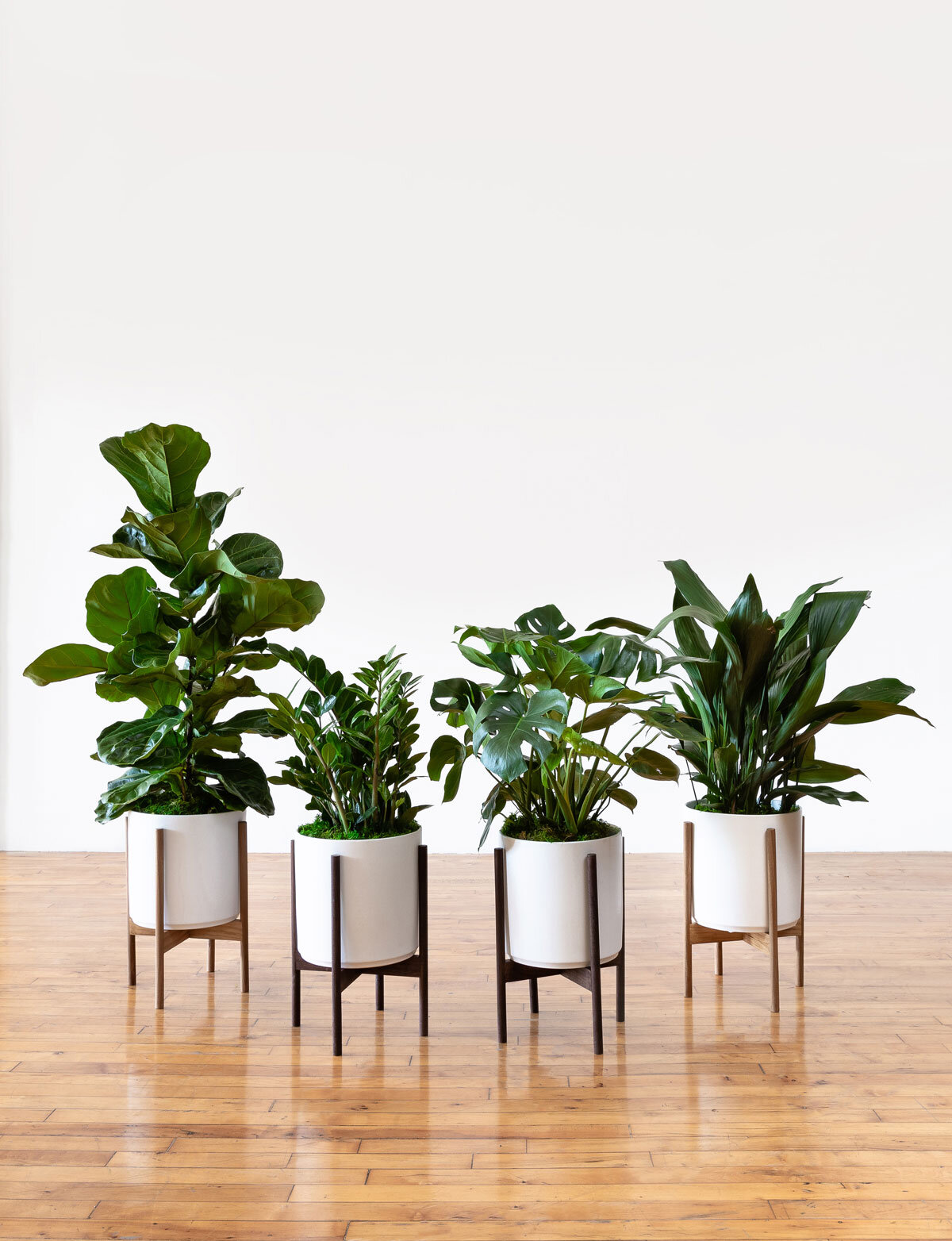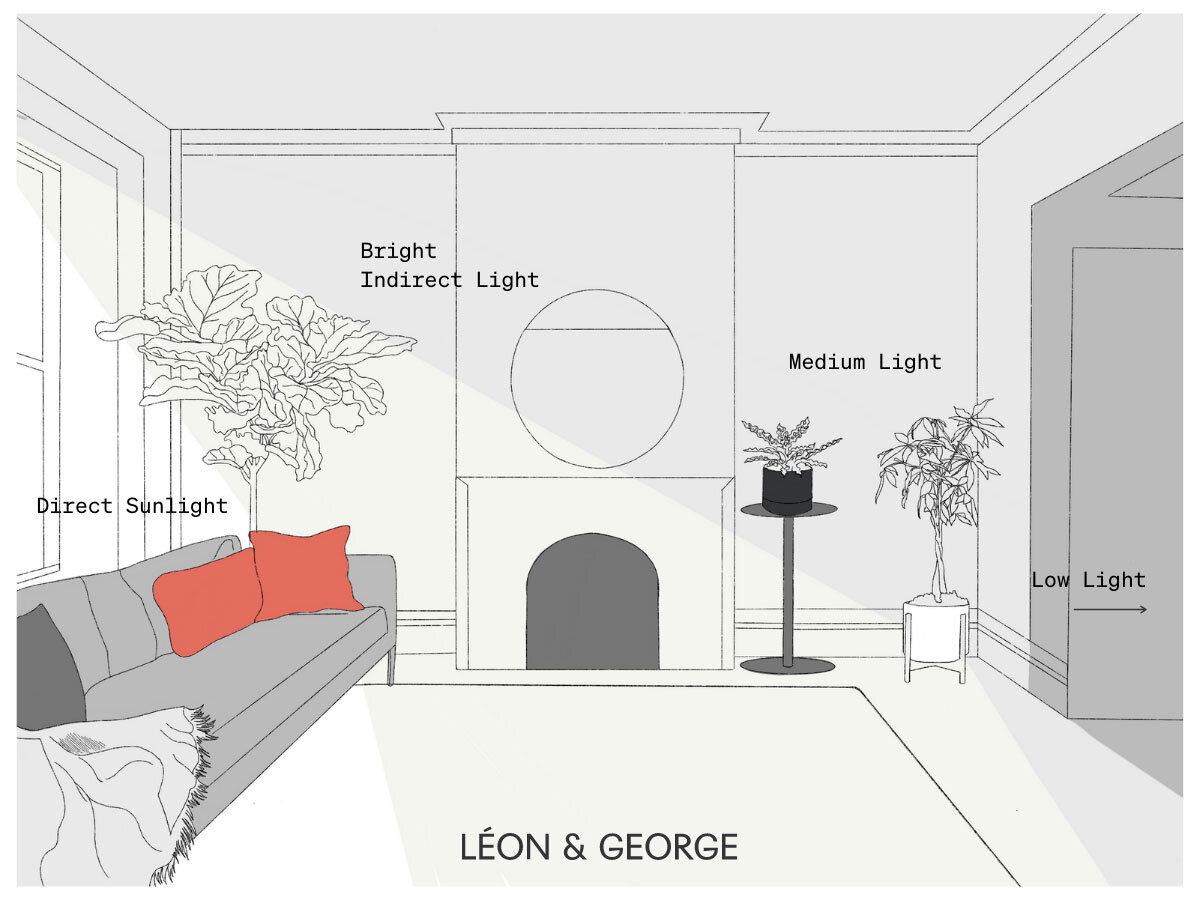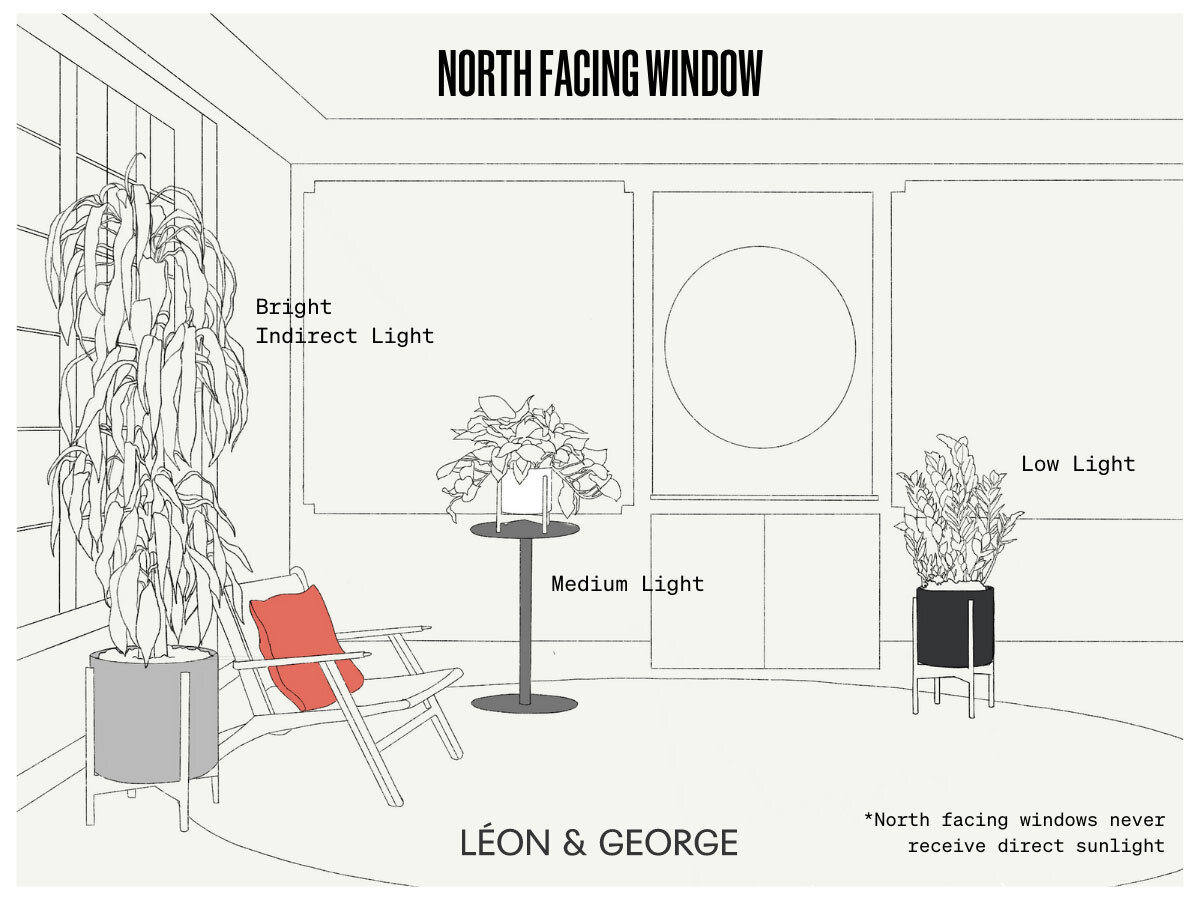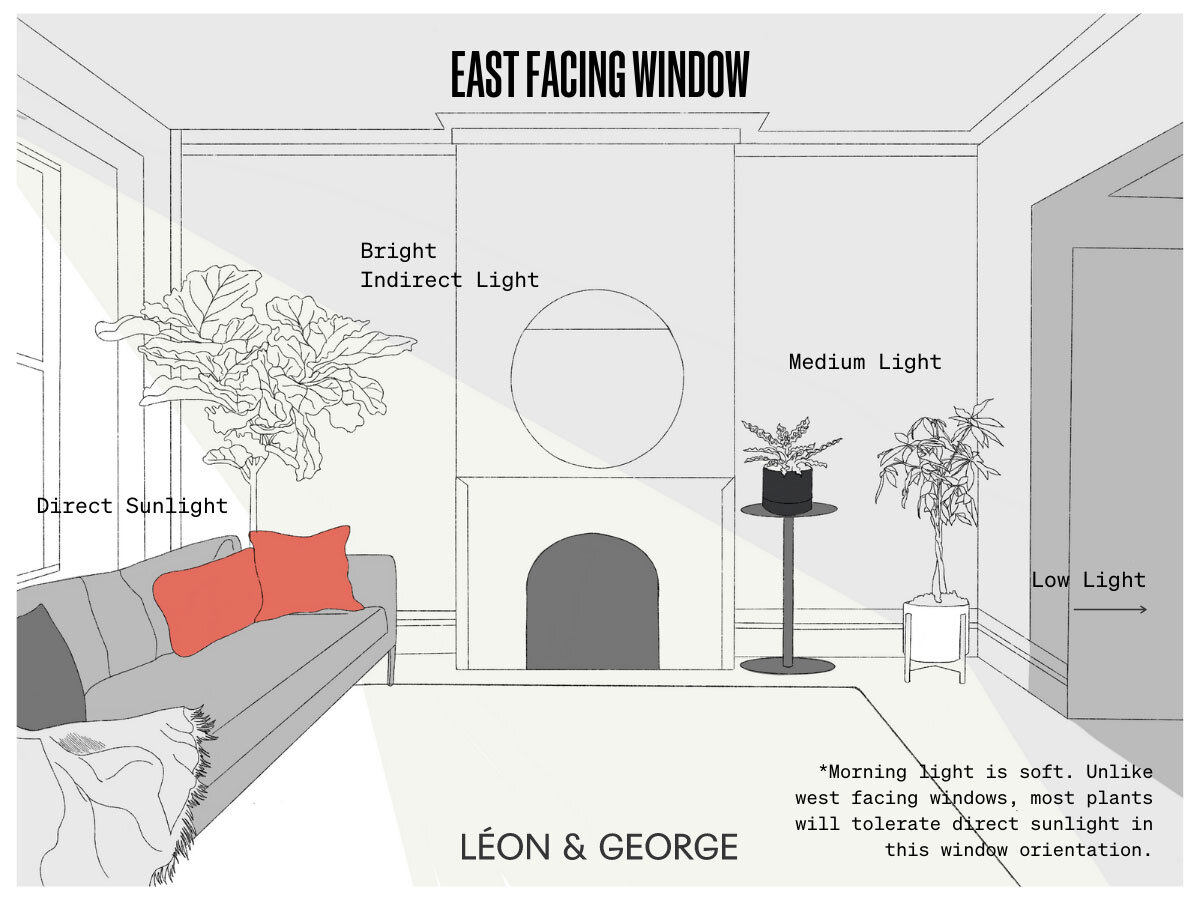Dracaena Lisa living its best life in a Coral Mid-Century Ceramic – adding a pop of color to your daily green vibes!
Does your plant need additional light than what’s available in your home? You may be considering a grow light. One of the most common questions our customers ask is if a regular lamp will suffice as a grow light, or if they can put a special grow light bulb into one of their lamps.
What are grow lights?
Grow lights are specifically designed for plant growth. They emit light tailored to the needs of plants during different growth stages. Unlike regular bulbs, they provide the right spectrum and intensity required for robust plant development.
Can any lamp accommodate a grow light bulb?
Not any lamp can accommodate a grow light effectively. While it might fit physically, the lamp must have the proper wattage capacity and socket type in order for the grow light to work effectively.
A simple solution to supplementing your plant’s light
The simplest solution to supplementing your plant’s light exposure with a regular lamp is to purchase a “natural daylight” bulb, sold in most hardware stores. This type of lightbulb provides light closer to the natural spectrum of the sun—it is in fact designed to cheer us humans up during dreary winter days! The light should be close to your plant’s foliage, and not overly filtered by a large shade.
Designed to Thrive
Premium plants, potted and delivered, plus lifetime access to 24/7 Plant Doctor support.









